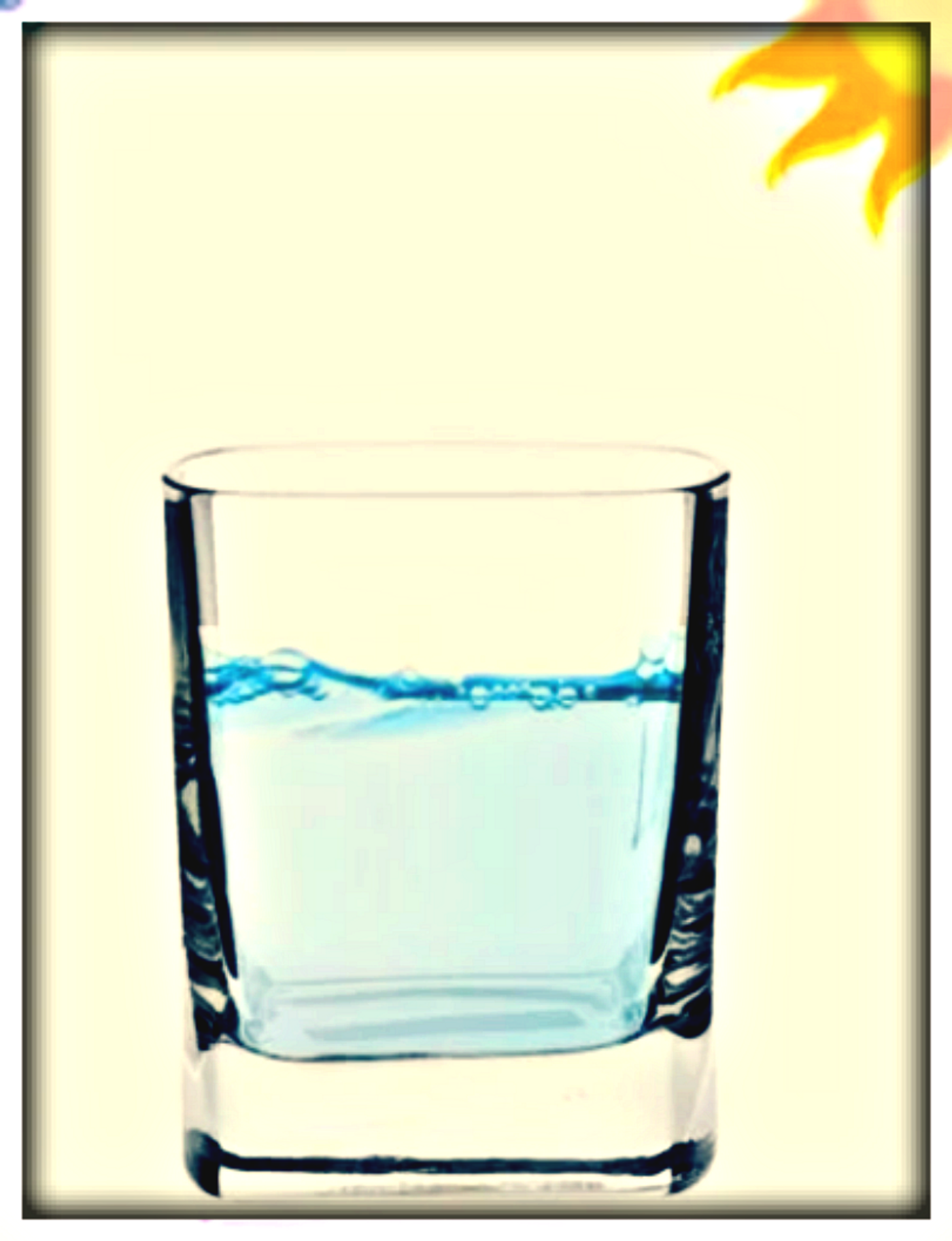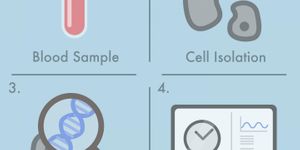Cleaning Water With Sunlight
In the lab of Associate Professor of Mechanical Engineering Xiaolin Zheng at Stanford University, a photoelectrochemical, or PEC, system is taking water purification to new heights. PEC processes rely on the sun to create useful chemicals and fuels. A new PEC purifier is able to create hydrogen peroxide within water to purify it when exposed to the sun. According to the researchers, this process could benefit people in developing countries without enough clean water or hikers and campers in the wild, or be used as a water-cleaning system for a new model of swimming pool. With one in nine people lacking clean water close to home, easy water purification could be revolutionary. The scientists point out that at this point, this is a proof-of-concept invention.
While other PEC solutions have created hydrogen peroxide from water and sunlight with the use of electrodes, or conductors through which electricity moves, this version is more successful, according to Phys.org.
"We think that this is a new direction in PEC water splitting, which usually requires additional energy inputs to work," Zheng says.
Xinjian Shi, a graduate student leading the project, said, "Ours is an unassisted system. It requires zero energy input and only light, water and oxygen to work. Water is the 'fuel' of our system. In fact, it works with tap water."
The purifier uses two electrodes to work: an anode and a cathode. An anode is positively charged and the cathode is negatively charged. When the device is exposed to sunlight, a flow of electrons begins that turns some of both the hydrogen and oxygen in the water into hydrogen peroxide.
The anode is made of photosensitive bismuth vanadate, and it sends negatively charged electrons toward the cathode, which is made of carbon. The cathode sends positively charged carriers also called “holes” back to the anode. “Holes are actually missing electrons in the atomic lattice of a semiconductor, but they act essentially like positive charges,” the Institute for Fusion Studies, University of Texas at Austin explains.
In short, this process oxidizes water and reduces oxygen, creating H2O2 or hydrogen peroxide. Only a small amount of this is needed to make water potable -- about two tablespoons per 25 gallons of water, or a level of tens of parts per million, Zheng says. Tests of her new system achieved a level of more than 400 parts per million of H2O2 within five hours.
Additionally, this system gives off a slight amount of energy, which could perhaps be used to power a “device working” LED signal light.
The materials used in these experiments are not safe for human consumption, so revisions will be made as it is further developed. For example, bismuth vanadate is unsafe, so another photosensitive material will take its place. It is also possible that the carbon cathode with be replaced with a photosensitive material, making the purifier even more powerful and efficient.
Sources:









